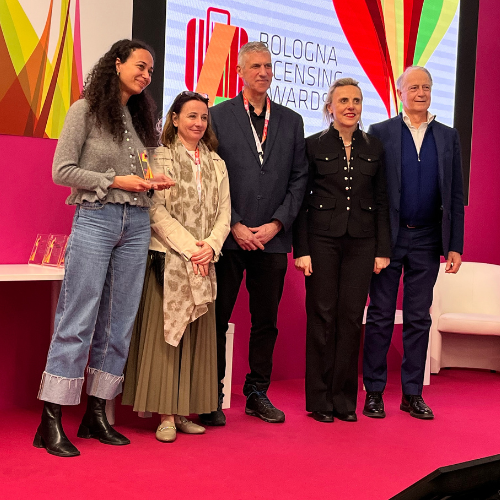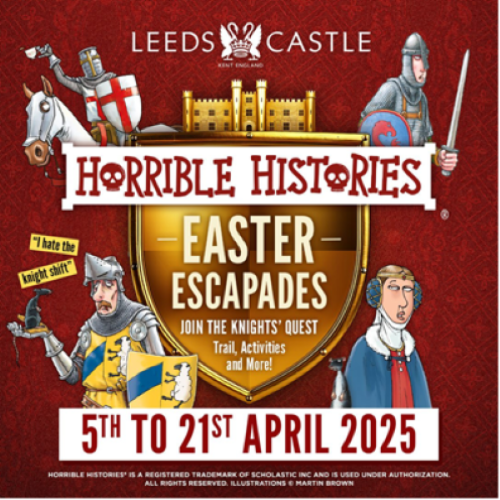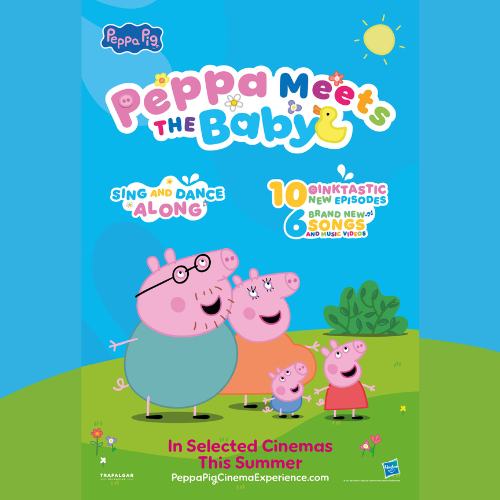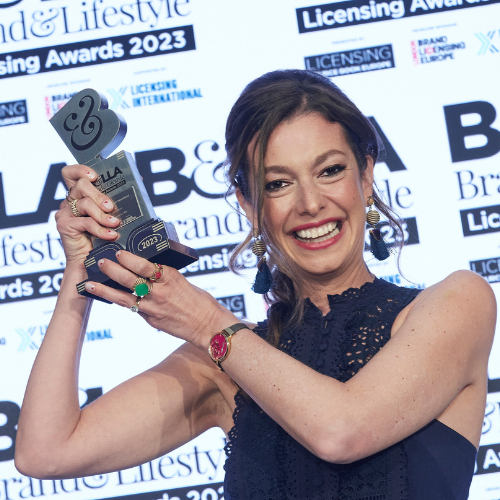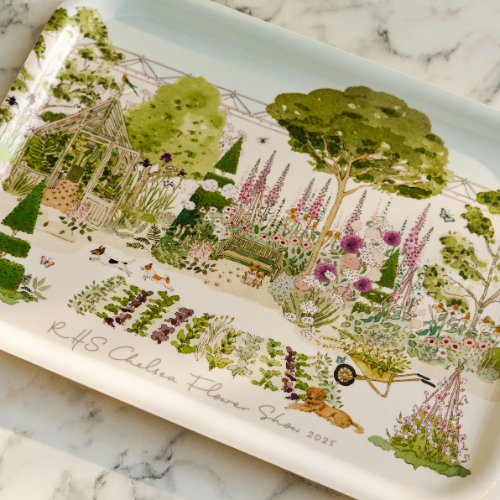Published brands provide ‘sense of security’ in uncertain times says industry panel.
The ‘From page to product’ panel at the recent Brand Licensing Europe, bought together execs from a range of publishers and a licensing agency to discuss why publishing brands are enjoying the licensing limelight and tips to ensure a successful consumer products programme.
It was suggested by the panel that the licensing industry is becoming more open to the origin of properties, enabling publishing brands to come to the fore.
Susan Bolsover, licensing and consumer product director, Penguin Random House UK, explained: “I think the industry has become much more open to brands from other industries. Publishing is one of them, I think gaming and also lifestyle. I think it’s also an openness from retail – retail is really interested in looking at opportunities beyond character and entertainment.”
Ian Downes, director and owner, Start Licensing, added: “I think a lot of the licensees have seen that actually publishing brands are longer term opportunities. And I think they have got frustrated in terms of the chopping and changing of the brands they’ve licensed. Whereas if you’re talking about some of the classic publishing brands, or indeed magazines, you can build a much longer term plan and you can be more strategic in terms of how you roll out products and deal with retailers.”
There were some key elements which the group agreed would help a publishing brand transfer to consumer products – the main one of these being heritage.
John Collins, commercial brand and licensing development director, children’s division, HarperCollins, commented: “I think nostalgia for a published brand is absolutely key. It’s very important to have that nostalgic element, but increasingly it has to have a relevance to it as well. It’s got to feel nostalgic but with a fresh approach so you’re projecting the nostalgia onto contemporary products.”
And Susan highlighted the importance of licensees respecting that brand heritage: “I think what you are always looking for is not to change the DNA of what the brand is. I think although the [Peter Rabbit] movie was brilliant, it bought Peter to a new audience.
“To us it was still Peter Rabbit, we have this thing of Peter can travel anywhere, but he must always wear a blue jacket. For us it’s about still having that connection, where people will use those more modern representations to enhance their love of a character.”
Along with heritage, it’s key to gain consumer trust, as Sharon Douglas, chief brand officer, Hearst UK explained: “Good Housekeeping isn’t the number one magazine brand across the world out of luck. It’s there because it’s never moved away from its trusted stance. Everything that goes into the magazine is tested. It’s something that people place their heart in. Research we’ve done has shown that 87% of people are more likely to trust a brand that holds the Good Housekeeping lozenge.”
Want to read more news like this? Simply sign up to our daily digest by clicking here. You can also follow @LicensingSource on Twitter.












